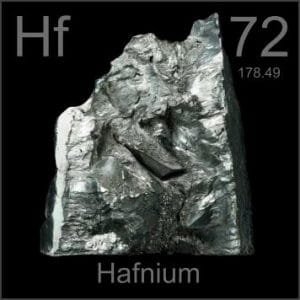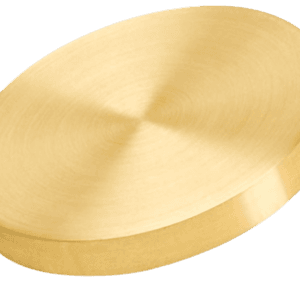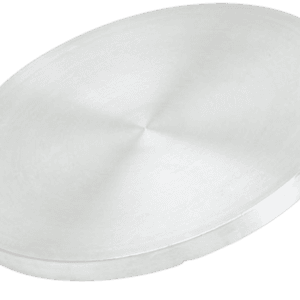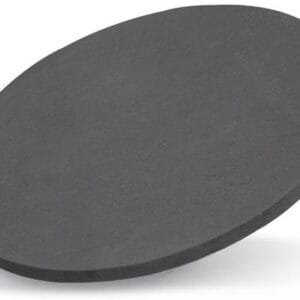Hafnium Silicide Sputtering Target Description
The hafnium silicide sputtering target is a specialized silicide ceramic target composed of hafnium and silicon. It is used in various thin film deposition applications, including semiconductor, display, LED, and photovoltaic device fabrication, as well as in functional coatings and other advanced material processes.

Hafnium is a chemical element that originated from Copenhagen, Denmark, with the Latin name “Hania.” It was first mentioned in 1911 by Georges Urbain and Vladimir Vernadsky. The element was later isolated and announced by Dirk Coster and George de Hevesy. The canonical chemical symbol for hafnium is “Hf,” and it has an atomic number of 72. Hafnium is located in Period 6, Group 4 of the periodic table, belonging to the d-block. Its relative atomic mass is 178.49(2) Dalton, with the number in brackets indicating the uncertainty.
Related Product: Hafnium Sputtering Target
![]()
Silicon is a chemical element derived from the Latin silex or silicis, meaning flint. It was first identified in 1824 by Jöns Jakob Berzelius. The element was later isolated and announced by Berzelius himself. The canonical chemical symbol for silicon is “Si,” and it has an atomic number of 14. Silicon is located in Period 3, Group 14 of the periodic table, and belongs to the p-block. Its relative atomic mass is 28.0855(3) Dalton, with the number in brackets indicating the uncertainty.
Hafnium Silicide Sputtering Target Application
The hafnium silicide sputtering target is utilized in various applications including thin film deposition, decoration, semiconductor manufacturing, display technologies, LED and photovoltaic devices, and functional coatings. It is also used in optical information storage, glass coating industries such as car glass and architectural glass, as well as optical communication.
Hafnium Silicide Sputtering Target Packing
Our hafnium silicide sputter targets are meticulously tagged and labeled externally to ensure efficient identification and stringent quality control. We take great care to prevent any damage that might occur during storage or transportation.
Get Contact
TFM offers hafnium silicide Sputtering Targets in various forms, purities, sizes, and prices. We specialize in high-purity thin film deposition materials with optimal density and minimal grain sizes, which are ideal for semiconductor, CVD, and PVD applications in display and optics. Contact Us for current pricing on sputtering targets and other deposition materials that are not listed.





Reviews
There are no reviews yet.